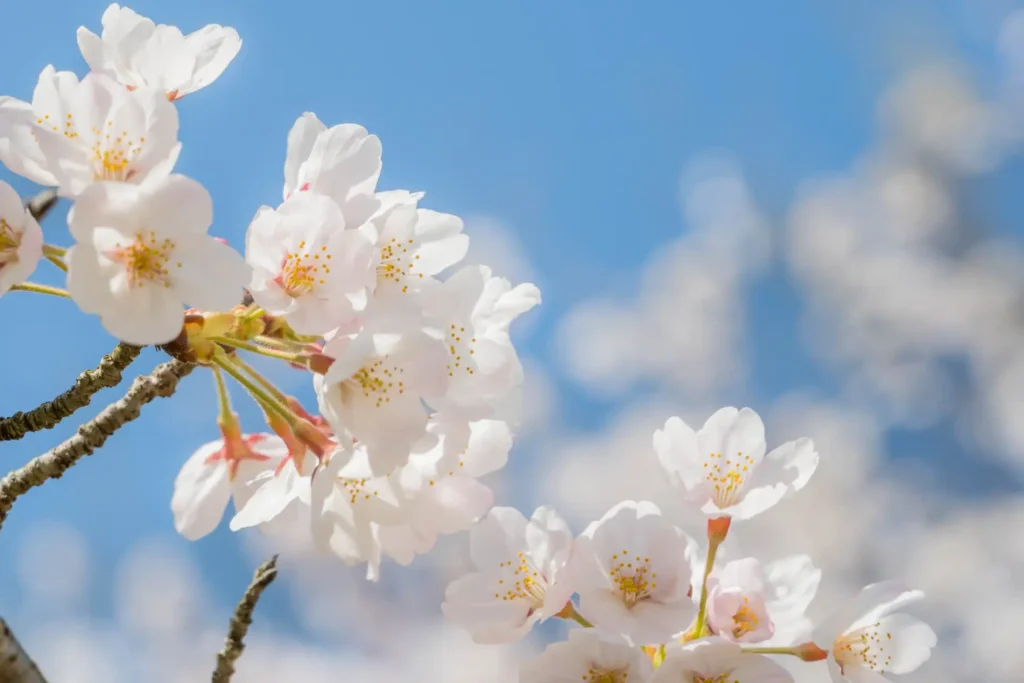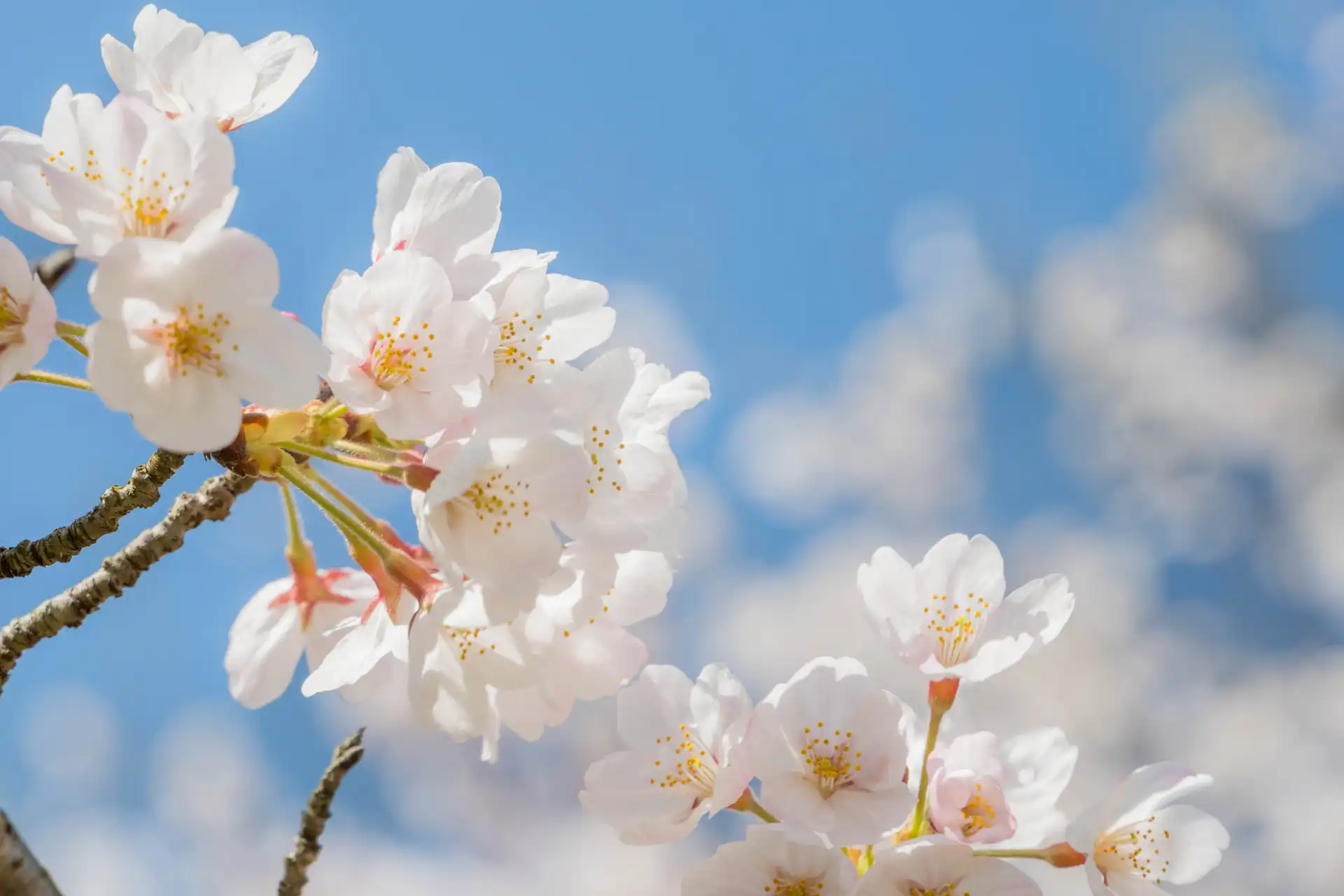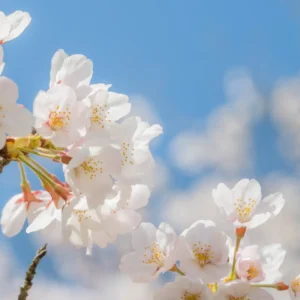【せんりみち公式】Travel Recommendations for Visiting Japan’s World Heritage Sites – Experience History and Culture and Leave a Lasting Imprint in Your Heart


Hello.
This time, 「せんりみち」 is proud to bring you an article titled 「【せんりみち公式】Travel Recommendations for Visiting Japan’s World Heritage Sites – Experience History and Culture and Leave a Lasting Imprint in Your Heart」 Here you go!
【せんりみち公式】Travel Recommendations for Visiting Japan’s World Heritage Sites – Experience History and Culture and Engrave it in Your Heart
Japan is dotted with unique World Heritage sites interwoven with history and culture, and a trip to visit them will bring deep emotions and new perspectives to your heart. The magnificent landscapes woven by nature and the cultural heritage built by people attract visitors with their own value. In this article, we will delve deeper into the appeal of Japan’s World Heritage Sites and introduce some particularly recommended places to visit. Please use this as a reference for planning a new trip.
Table of Contents
The Value of World Heritage Sites
The term “World Heritage Sites” refers to cultural and natural heritage sites that have value that should be shared by all of humanity, recognized by the United Nations Educational, Scientific and Cultural Organization (UNESCO). The registration is a source of pride for the region and country, and at the same time, it is also an important responsibility that requires conservation activities to pass them on to future generations.
The Significance and Challenges of World Heritage Registration
Being registered as a World Heritage Site brings many benefits to the region. For example, it is expected that the increase in international recognition will increase the number of tourists and revitalize the local economy. It also creates an opportunity to protect cultural and natural heritage sites while utilizing them as tourism resources. However, there are also challenges such as the environmental burden caused by the increase in visitors and the overuse of local resources. To address these issues, tourism development in a sustainable manner is required.
Criteria for being designated a World Heritage Site
UNESCO has set 10 criteria for World Heritage registration. These include cultural properties that have value as evidence of important periods or events in human history, and natural heritage sites that demonstrate the beauty of ecosystems and nature. Only by meeting these strict criteria can a site be recognized as a “World Heritage Site.”
Experience Japan’s World Heritage Sites on a Trip
There are a variety of World Heritage Sites scattered throughout Japan, from natural heritage sites to cultural heritage sites. A trip to these heritage sites, which show different expressions depending on the place you visit, is a special opportunity to experience Japan’s deep history, rich culture, and breathtaking natural beauty.
Kyoto, a culmination of history and culture
The ancient capital of Kyoto has 17 heritage sites registered as “Cultural Assets of the Ancient Capital of Kyoto.” Among them are famous temples and shrines such as Kiyomizu-dera, Kinkaku-ji, and Ginkaku-ji, which show different charms every time you visit. There are also modern heritage sites such as the Lake Biwa Canal, where you can feel the flow of history that has continued from ancient times to the present. Kyoto, along with its deep culture, can be said to be a symbolic place of Japan’s diverse history.
Islands where harmony with nature lives on: Yakushima and Iriomote Island
Yakushima and Iriomote Island are representative of Japan as natural heritage sites. On Yakushima, towering Yakusugi trees over 1,000 years old give visitors a sense of ancient nature. On the other hand, on Iriomote Island, mangrove forests and rich wetlands spread out, and you can witness a paradise where rare flora and fauna live. These islands teach us the beautiful coexistence of nature and humans.
World Heritage Sites in Japan that you should visit on your trip
We will introduce three spots that are particularly worth visiting among the many World Heritage sites. The history, culture, and natural beauty of each place will enrich your soul.
The charm of the Shirakami Mountains throughout the seasons
The Shirakami Mountains are a natural heritage site with vast virgin beech forests, and their untamed beauty attracts visitors. The area changes with the seasons, with lush greenery in spring, lush shade in summer, vibrant autumn leaves in autumn, and snow-covered silence in winter. The value of the ecosystem and natural beauty of this land reminds visitors of the greatness of nature.
The history and fantastic scenery of Itsukushima Shrine
Itsukushima Shrine in Hiroshima Prefecture is a beautiful shrine that appears to float on the sea. The contrast between the vermilion torii gate and the blue sea gives visitors a sense of breathtaking beauty. This area, which is counted among the Three Most Scenic Spots of Japan, allows you to enjoy the breath of history as well as the mysterious scenery created by nature. In addition, even more special experiences await you during festivals and events.
Shuri Castle Ruins: Tracing the Memories of the Ryukyu Kingdom
Okinawa’s Shuri Castle was once the center of the Ryukyu Kingdom, and is a symbol of its unique culture and history. From the castle ruins, you can see the beautiful gardens and the surrounding traditional townscape, and you can feel the essence of ancient Ryukyu culture. A trip to Shuri Castle Ruins will be a valuable opportunity to learn about the diversity that remains in Japan.
The special meaning of Japan’s World Heritage Sites
The World Heritage Sites scattered throughout Japan have value that goes beyond mere tourist attractions. They shine as “common assets of humanity” that reside in history, culture, and nature. Visiting these heritage sites is also an act of reaffirming the efforts that local people have continued to protect them and the unique beauty created by the Japanese climate.
Protecting World Heritage Sites by Visiting
The conservation of World Heritage Sites requires the awareness of not only local residents and governments, but also each and every visitor. By tourists visiting the sites and experiencing the charm of the heritage sites, understanding and support for preservation activities will spread. At the same time, it will also lead to the revitalization of the local economy, and will be a force supporting the development of sustainable tourist destinations.
Attitude when visiting
When visiting World Heritage sites, it is important to respect the historical, cultural, and natural values of the place. For example, at cultural heritage sites, you are required to prevent the deterioration of the heritage by following local rules, and at natural heritage sites, you are required to be mindful of actions that do not damage the environment. Such consideration is important as responsible behavior to pass on heritage to future generations.
Japan’s World Heritage Sites Expanding
In recent years, more and more spots in Japan have been registered as World Heritage sites. Each reflects the characteristics of each region, making travel around Japan even more enriching.
Jomon Sites in Hokkaido and Northern Tohoku
The Jomon sites spread across Hokkaido and Northern Tohoku are valuable heritage that convey the lives and culture of people in the Jomon period to the present day. Through pottery and remains of dwellings, you can feel the long passage of time spanning more than 10,000 years. These sites are a place that can be said to be the key to understanding the coexistence with nature and spiritual culture of ancient Japanese people.
The Mystery of Okinoshima and Associated Sites
Okinoshima, located in Fukuoka Prefecture, is known as the sacred grounds of Munakata Taisha Shrine. The island is also called the “Shosoin of the Sea” because so many historical treasures have been discovered there. Although it is difficult to actually visit the island due to restricted access, you can feel the mysticism and historical importance of the island by touring the surrounding areas and museums.
Mt. Fuji – an object of faith and art
Mt. Fuji, which can be said to be the symbol of Japan, is a special existence that combines the value of both natural and cultural heritage. Its magnificent form has been an object of faith since ancient times and has been depicted in many works of art. By visiting Mt. Fuji, you can touch the core of the spiritual culture of the Japanese people. The surrounding Fifth Station area and the Fuji Five Lakes are also tourist spots that you cannot miss.
The joy of traveling to World Heritage Sites
A trip to World Heritage Sites does not end with just visiting the sites. Experiencing the history, culture, and nature that live there will make your trip even richer. Furthermore, what you learn and feel through your trip will be engraved in your mind as a valuable experience that broadens your own values and horizons.
Sharing new discoveries and impressions
Sharing the charm of the World Heritage sites you visit with friends and family is one of the joys of traveling. This experience may also bring new knowledge and impressions to those around you, and may be an opportunity to broaden your understanding and interest in World Heritage sites.
Planning your next visit
When you visit one World Heritage site, you naturally want to visit another one next time. There are still many World Heritage sites throughout Japan, each with its own unique charm. When planning your trip, it is recommended that you consider these new spots.
Summary
A trip to Japan’s World Heritage sites is not only a chance to experience the value of the place, but also a valuable experience that broadens your own horizons. In order to pass on these heritage sites to the future, the actions of each of us who visit is important. Please use the information introduced in this article as a reference and plan a special and memorable trip. New discoveries and impressions are surely waiting for you. Japan’s World Heritage sites have great value, woven together by history, culture, and nature that have been nurtured over many years. By visiting each heritage site, you can experience and gain a deeper understanding of these values. Visiting these heritage sites also contributes to their preservation and passing on to the future. Use this information to plan your next trip and ensure a memorable visit to a World Heritage site.


Today's article was 【せんりみち公式】Travel Recommendations for Visiting Japan’s World Heritage Sites – Experience History and Culture and Leave a Lasting Imprint in Your Heart from 「せんりみち」.
We hope that you will also discover new knowledge from the #tag keywords below.




